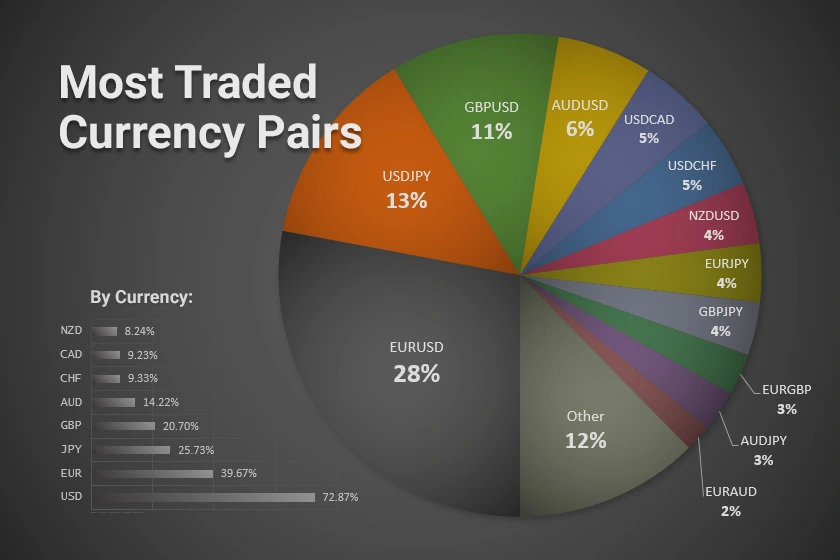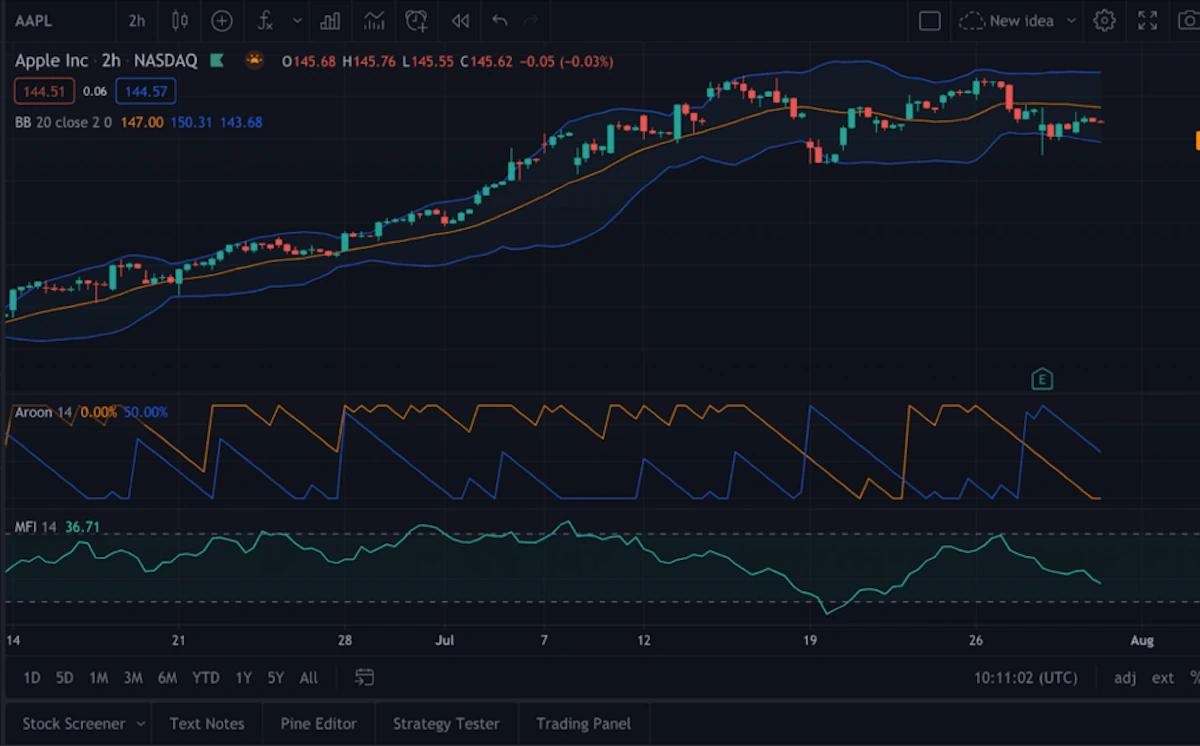Charts and quotes serve as the fundamental language of forex prices. Proficiency in interpreting charts and comprehending quotes is a crucial—perhaps indispensable—tool in the arsenal of a successful forex trader. The ability to read charts and quotes effectively necessitates familiarity with numbers, decimal places, and fundamental mathematical principles such as addition, subtraction, multiplication, and division. As we embark on exploring charts and quotes, let's revisit some basic information covered in previous sections.
Currency Pairs, Base Currency & Quote Currency
In forex trading, a trader engages in buying one currency while simultaneously selling another, or vice versa. These two currencies are commonly referred to as a currency pair. Both currencies are paired together, allowing the trader to precisely determine the value assigned to the currency being bought and the currency being sold. For instance, a USD/CAD quote might be presented as 1.0438/41. In this scenario, the first currency—the United States dollar—is the base currency, and the second—the Canadian dollar—is the quote currency.
In numerous currency pairs, the U.S. Dollar serves as the base currency, indicating the value of the quote currency (e.g., CAD) in relation to 1 USD. In the given example, it implies that 1 USD can be exchanged for 1.0438 Canadian Dollars or that $1.0438 Canadian Dollars are needed to purchase 1 US Dollar.
However, not all currency pairs use the USD as the base currency. For instance, since the introduction of the Euro in 1999, the European Union mandated that all forex quotes involving the Euro would list the Euro's value first. Consequently, Euro-related quotes would appear as follows: EUR/USD 1.4545, signifying that one Euro can be exchanged for 1.4545 USD. Two other noteworthy currencies consistently serve as the base currency in all quotes, even when paired against the USD: the Great British Pound (GBP) and the Australian Dollar (AUD). In some instances, neither the USD nor the EUR functions as the base or quote currency. These currency pairs are known as cross rates. An example of a cross rate is CAD/JPY (Canadian Dollar/Japanese Yen). (It's important to note that definitions of the term "cross rate" may vary, relying on the context within the country where the term is used—a seemingly arbitrary distinction in a global marketplace.)

Bid and Ask, Spreads
In every forex deal, one currency is sold simultaneously as another is bought. Similar to an auction, the foreign exchange market employs the terms Bid and Ask to denote the value of the currency. The Bid and Ask, representing the buying and selling prices respectively, create the spread, which is crucial in calculating the potential profit or loss on the trade.
Forex rates are commonly presented with both Bid and Ask values, separated by a slash. For instance, the term USD/CAD 1.0438/41 indicates that the bid price for USD/CAD is 1.0438, the ask price is 1.0441, and the spread is consequently 0.0003, equivalent to 3 pips.
It's important to keep in mind that the Ask is the price at which a trader may purchase the currency pair, while the Bid is the price at which a trader may sell the same pair. The Bid is typically lower than the Ask price, except in rare conditions rarely encountered by speculators.
To illustrate how these quote prices relate to trading, consider the following example:
Suppose the current USD/CAD price is 1.1000/03 (Bid at 1.1000, Ask at 1.1003, with a spread of 0.0003 or 3 pips). In this scenario, a trader looking to buy one USD would pay 1.1003 CAD, while selling one USD would fetch 1.1000 CAD. In practical forex-trading terms, purchasing 100,000 USD would require $110,030 CAD, whereas selling 100,000 USD could yield $110,000 CAD.
If the trader buys USD/CAD at these rates and waits for the forex price quote to rise to USD/CAD 1.1006/09, selling the position would result in $110,060 CAD, yielding a profit of $60.00 CAD.
However, if the USD/CAD price remains unchanged during the trader's position, selling at the same rate of 1.1000/03 would result in $110,000 CAD, incurring a loss of $30.00 (equivalent to the spread amount).

What is a pip? What is its value?
In forex trading, profits, losses, and spreads are commonly denominated in pips. A pip, short for "Percentage in Point," represents the smallest unit of price for any currency. Forex quotes typically express currency values with precision, often up to the fourth decimal point. A pip is defined as the smallest change in the fourth decimal place, equivalent to 0.0001. For instance, in the case of the USD, a pip equals 1/100th of a cent. Notably, the Japanese Yen is the only currency expressed to the second decimal place, making a pip in this case equivalent to 0.01.

